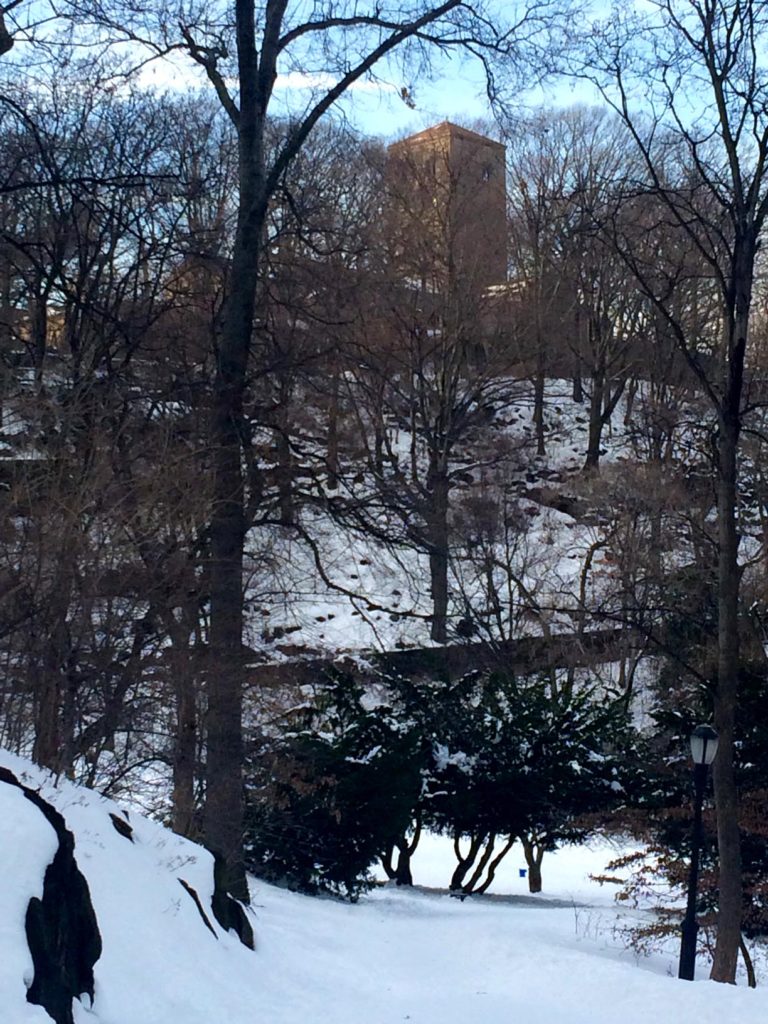Uptown. Upstate Manhattan. The North. Beyond the Wall (the wall here being not a thousand-foot-tall monolith of ice, but, let’s say, 155th St). New Yorkers have all sorts of nicknames for the uppermost reaches of the island of Manhattan, some more flattering than others.
When my guests ask where I live, I usually say something like “the very top of Manhattan.”
“Oh, Harlem?” They ask, nodding knowledgably.
“Further.”
That’s usually followed either by a blank stare or a less-confident “Washington Heights?” from the musical theatre fans.
“Nope, above that.”
At this point their eyes grow wide…there’s something above Washington Heights?

Far off the tourist-beaten path lies Inwood. Up on northernmost edge of the island, where there’s no point in calling the two sides East and West because the whole thing is maybe 12 blocks wide, you’ll find the last remaining working-class neighborhood in NYC, and, (in my totally biased opinion), one of the best.
There are dozens of reasons to love this neighborhood, from its rich cultural history to the fact that there’s a Dutch farmhouse anachronistically chillin’ on Broadway, across the street from a gas station and the best liquor store in Manhattan. But the one that snagged my heart the minute I stepped off the A train for the first time is the parks.
If you’re looking for the true Old New York, look no further than Inwood Hill Park. A salt marsh, craggy outcroppings of rock, and a prehistoric forest where you can wander so deep you lose the sound of traffic, the landscape here gives you a true glimpse of what the island was like before it was artificially leveled by the urban development of the last 200 years. Walking alone in the woods feels like the introduction to an episode of Law and Order, only I’m never quite sure if I’m going to be the body or the person who finds it. That may not sound like a compliment, but believe me, it is. “Alone” is not a common state of being in this city, and anywhere you can find it is a truly magical place indeed.
My favourite place in the neighborhood, and possibly all of New York City, is Fort Tryon Park. Designed by Frederick Law Olmstead, Jr., son of one half of the famous duo that designed Central Park, and paid for by John D. Rockefeller, Fort Tryon occupies a giant hill overlooking the Hudson River. The park is home to the Cloisters—a museum cobbled together from pieces of various European monasteries and convents and home to one of the best collections of Medieval tapestries in the US—the Heather Garden, and sunsets over the Hudson that even make New Jersey look pretty.
But the best time to visit Fort Tryon is in the Winter, right after it snows.
In general, snow in New York City is magical for about an hour—then the streets and sidewalks turn into mountains of greyish slush, freezing puddles of indeterminate depth, and every pedestrian’s worst nightmare: black ice.

Fort Tryon, however, retains its magic. The leafless Winter trees clinging to the rocky hillside become an intricate latticework of glistening, ice-encrusted branches. Winding paths traverse hills and tunnels, surrounded by snow-covered rock. Victorian lampposts cast soft circles of light between the trees and one word repeats softly in the back of my mind as I wander through the unaccustomed quiet.
Narnia.
If you’ve ever wished to step through a wardrobe and into a land of magic, hop on the A train as the snow starts to fall and you’ll find yourself as close as you’re going to get. Maybe I’ll see you there. I’ll be the one hanging out under a lamppost, nibbling on Turkish Delight and waiting for Mr. Tumnus.


Recent Comments